当前位置:网站首页>Constructing expression binary tree with prefix expression
Constructing expression binary tree with prefix expression
2022-07-05 12:22:00 【A finger leaf next to the giant】
In the study of expression binary tree , There are many interesting ways to construct its expression binary tree , Among them, there are many common ways to build expression binary trees by using prefix expressions , But in a document I read , This paper introduces the concept of constructing its expression binary tree in a non recursive way , Although relatively more troublesome , But in its code implementation , Exploration is still very meaningful .
First infix expression to build expression binary tree ( Non recursive )
c Language implementation :
Prefix expression :*-23+45
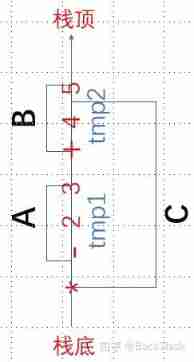
Pictured , If you read the prefix expression from left to right , Find the operator and put it on the stack , After finding the second operand of the operator , Organize them into the smallest subtree , Then the operator comes out of the stack , Continue to traverse the next character . In the process , Operands are not stacked , There are only operators in the stack , When the operators are organized into the smallest computing unit, they are pushed out of the stack . When the stack is empty , Note that the first infix expression is traversed .
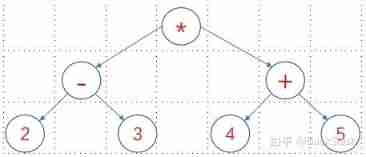
Combined with its expression binary tree graph to understand :
Prefix expression :*-23+45
Observe its expression and binary tree graph , Read from left to right , Is the preorder traversal of binary tree , We define a tree node pointer to record its path node .
Because what we want to build is a binary tree , So both numbers and operators are tree nodes , Each symbol read must be entered into the tree node , The stack also stores tree nodes .
First encounter operators on the stack , The pointer points to its left child node , Then continue to read
If you encounter numbers , Just save to the node data in , And determine whether the node symbol of the tree at the top of the stack has a right child node ,
If there is no right child node , Initialize its right child node , And the pointer points to its right child node ,
If the tree node at the top of the stack already has a right child node , Note that the symbol at the top of the stack has two numeric child nodes , This constitutes a basic formula unit , The node at the top of the stack leaves the stack ,
The pointer continues to point to the top element , And continue to determine whether the tree node symbol at the top of the stack has a right child node
Until the right child node at the top of the stack does not exist , Or its stack is empty .
Analyze the nodes in the stack :
1. There is a parent-child relationship between symbols , And only for the relationship between parents and left children ,
2. Its nodes must have left child nodes , There is a right child node , And after completing the assignment , It is necessary to perform the stack operation
3. The memory of the stack is the tree node , When the stack must save the tree node address , That is, the tree node pointer , Instead of variable values , Because when reading and storing the right child on the top node of the stack , Make sure that the tree nodes also change .
C Language :
Stack , Tree structure declaration :
.h
// Binary tree chain storage structure
typedef struct node {
char data;
struct node* lchild, * rchild;
}BiTNode, *BiTree;
typedef BiTree ElemType;
// Here, the tree node must use a pointer , That is, the address is stored when the symbol node is stacked , It's not worth it
// In this way, when modifying data for tree nodes in the stack , Only in this way can we have a real impact on the tree nodes
typedef struct {
ElemType data[MAXSIZE];
int top;
}SqStack,* SqStackS; // Order of the stack
int InitStack(SqStackS* S);
int StackEmpty(SqStackS S);
int Push(SqStackS S, ElemType x);
int Pop(SqStackS S);
int Pops(SqStackS S, ElemType* x);
int GetTop(SqStackS S, ElemType* x);
.c
#include "Stack_Tool.h"
#include<stdlib.h> // Dynamic distribution function and random function
#include<stdio.h>// Input and output
// Because malloc() function , It is <stdlib.h> The contents of the library , If it is not imported into the warehouse , You will not be able to dynamically allocate memory ,
// It will cause dynamic memory allocation failure , Variable < Unable to read memory >
int InitStack(SqStackS *S) {
*S = (SqStackS)malloc(sizeof(SqStack));
(*S)->top = -1;
return 1;
}
int StackEmpty(SqStackS S) {
if (S->top == -1)
return 1;
else
return 0;
}
int Push(SqStackS S, ElemType x) {
if (S->top == MAXSIZE - 1)
return 0;
S->data[++S->top] =x; // Add one to the pointer first , Go back to the stack
return 1;
}
int Pop(SqStackS S) {
if (S->top == -1)
return 0;
S->top--;
return 1;
}
int Pops(SqStackS S, ElemType *x) {
if (S->top == -1)
return 0;
*x = S->data[S->top--]; // First out of the stack , The pointer minus one more
return 1;
}
// Get the address of the top member of the stack , Get the stack address position through the stack pointer , Then return its member address through the secondary pointer
// Here, because the pointer is stored in the stack , And although the pointer passes the address , But it is the pointer address of the tree node type
// And we want to save the address of the pointer of the tree node , You need the type pointer of the tree node , That's the second level pointer
int GetTop(SqStackS S, ElemType* x) {
if (S->top == -1)
return 0;
*x = S->data[S->top];
return 1;
}
main.c
char nextToken(char formula[]) {
static int pos = 0; //static pos Initialize only once , And continue to accumulate
while (formula[pos] != '\0' && formula[pos] == ' ') {
pos++; }// Skip spaces
return formula[pos++];
}
int isOpNum(char ch) {
if (ch == '+' || ch == '-' || ch == '*' || ch == '/'|| ch == '(' || ch == ')')
return 1;
else
return 0;
}
void createTree(BiTree* bt,char formula[]) {
char* c = formula;
SqStackS parentStack;
InitStack(&parentStack);
*bt= (BiTree)malloc(sizeof(BiTNode));
BiTree tpointer=*bt;
char single = nextToken(c);
while(single !='\0'){
if (isOpNum(single)) {
// If it's a character , Character stack , Point the pointer to its left child
tpointer->data = single;
tpointer->lchild = (BiTree)malloc(sizeof(BiTNode));
tpointer->rchild = NULL;
// Into the stack 1, String stack pointer , Because the pointer saves the address , No changes to tree nodes , Use values to pass
Push(parentStack, tpointer);
tpointer = tpointer->lchild;
}
else {
// If it's a number
tpointer->data = single;
GetTop(parentStack, &tpointer);
while (tpointer->rchild!=NULL){
Pop(parentStack);
if (StackEmpty(parentStack))
return;
GetTop(parentStack, &tpointer);
}
tpointer->rchild = (BiTree)malloc(sizeof(BiTNode));
tpointer = tpointer->rchild;
}
single = nextToken(c);
}
}
Output bracketed infix expression
// Output bracketed infix expression
void BtreeToExp(BiTree btt, int deep) {
if (btt == NULL)
return;
else if (isOpNum(btt->data)) {
if (deep > 1)
printf("(");
BtreeToExp(btt->lchild, deep + 1);
printf("%c", btt->data);
BtreeToExp(btt->rchild, deep + 1);
if (deep > 1)
printf(")");
}
else {
printf("%c", btt->data);
}
}
void BtreeToE(BiTree btt) {
BtreeToExp(btt, 1);
}
Recursively operate on the expression binary tree
int yunSuan(int a, int b, char data) {
int count;
switch (data) {
case '+':
count = a + b;
break;
case '-':
count = a - b;
break;
case '*':
count = a * b;
break;
case '/':
count = a / b;
break;
}
return count;
}
// Through the expression binary tree , Output the result of the operation
int sum(BiTree btt) {
int count;
char data = btt->data;
// If it's a sign
if (isOpNum(data)) {
int a = sum(btt->lchild);
int b = sum(btt->rchild);
// Then call the operation method
//return Calculation results ;
count=yunSuan(a, b, data);
return count;
}
count = data -48;
// take char To int, Then return
return count;
}
main() function :
int main() {
BiTree bt=NULL;
char formula[20] ;
printf(" Give me the preorder expression to build a binary tree :\n");
// Abreast of the times VS2019 Provided in scanf_s(). In the call , A number can be provided to indicate the maximum number of characters read .
scanf_s("%s", &formula,20);
createTree(&bt, formula);
// Output bracketed infix expression
printf(" Infix expression is :");
BtreeToE(bt);
printf("\n");
// After building the binary tree , Calculate the binary tree .
// Through left and right recursion
int count=sum(bt);
printf(" The result is :%d", count);
}
test :

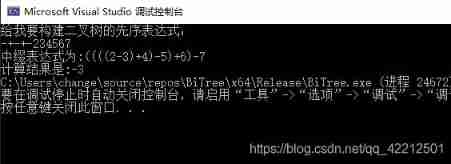
Reference documents :
non-recursive algorithm
Tree and binary tree summary
Expression to build binary tree
边栏推荐
- Open3d mesh (surface) coloring
- Learn JVM garbage collection 02 - a brief introduction to the reference and recycling method area
- GPS數據格式轉換[通俗易懂]
- Correct opening method of redis distributed lock
- Reinforcement learning - learning notes 3 | strategic learning
- Learn the memory management of JVM 02 - memory allocation of JVM
- Linux安装部署LAMP(Apache+MySQL+PHP)
- Learn memory management of JVM 01 - first memory
- Differences between IPv6 and IPv4 three departments including the office of network information technology promote IPv6 scale deployment
- How to clear floating?
猜你喜欢
![[pytorch modifies the pre training model: there is little difference between the measured loading pre training model and the random initialization of the model]](/img/ad/b96e9319212cf2724e0a640109665d.png)
[pytorch modifies the pre training model: there is little difference between the measured loading pre training model and the random initialization of the model]

Wireless WiFi learning 8-channel transmitting remote control module

One article tells the latest and complete learning materials of flutter
The survey shows that traditional data security tools cannot resist blackmail software attacks in 60% of cases
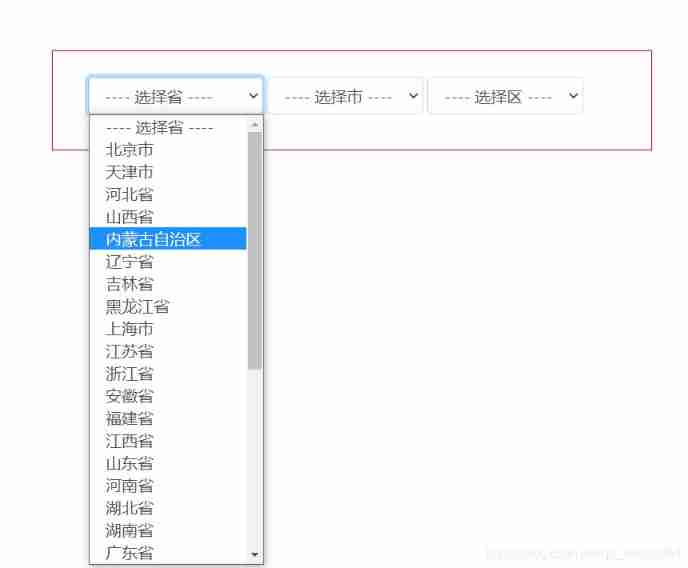
Select drop-down box realizes three-level linkage of provinces and cities in China

Learn memory management of JVM 01 - first memory
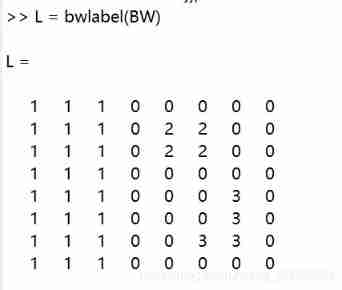
Matlab label2idx function (convert the label matrix into a cell array with linear index)

Matlab imoverlay function (burn binary mask into two-dimensional image)
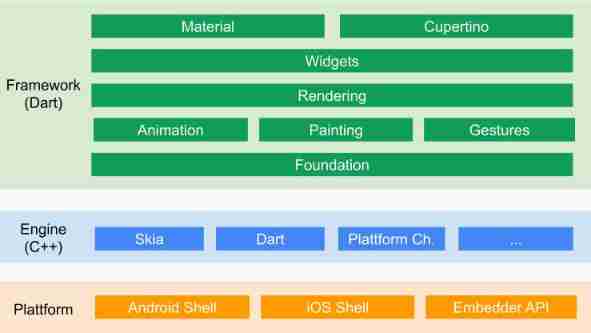
How can beginners learn flutter efficiently?
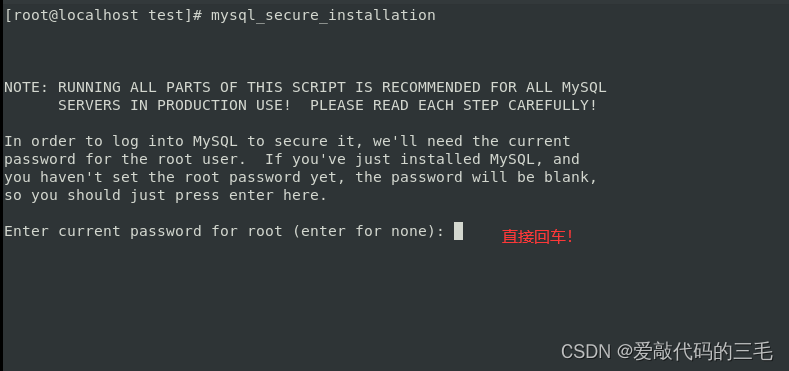
Linux安装部署LAMP(Apache+MySQL+PHP)
随机推荐
Get all stock data of big a
Why do you always fail in automated tests?
Read and understand the rendering mechanism and principle of flutter's three trees
Mmclassification training custom data
Matlab label2idx function (convert the label matrix into a cell array with linear index)
Differences between IPv6 and IPv4 three departments including the office of network information technology promote IPv6 scale deployment
Seven polymorphisms
byte2String、string2Byte
手机 CPU 架构类型了解
16 channel water lamp experiment based on Proteus (assembly language)
Codeworks 5 questions per day (1700 average) - day 5
MySQL index - extended data
Redis highly available sentinel cluster
A guide to threaded and asynchronous UI development in the "quick start fluent Development Series tutorials"
【ijkplayer】when i compile file “compile-ffmpeg.sh“ ,it show error “No such file or directory“.
7月华清学习-1
Linux Installation and deployment lamp (apache+mysql+php)
Redirection of redis cluster
Codeforces Round #804 (Div. 2)
MySQL trigger
